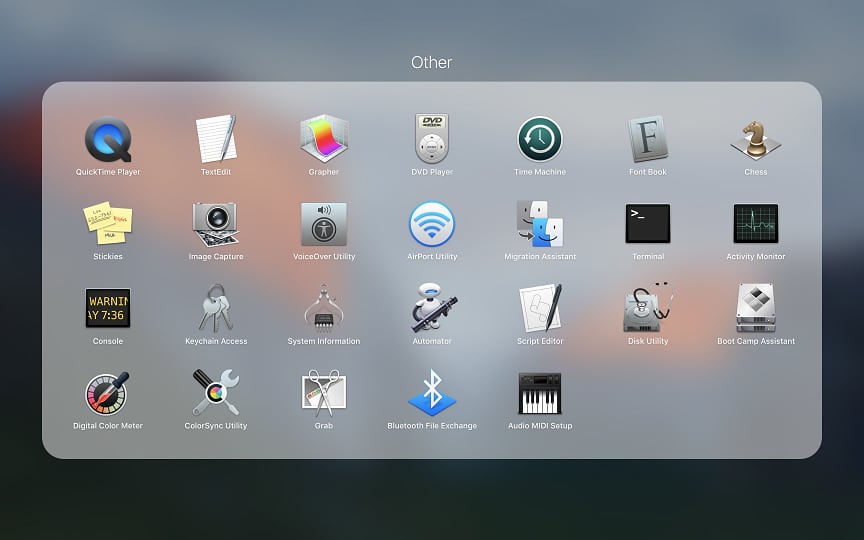

You can even use portable hard disks or SSDs. We usually use this method to transfer multiple large videos which add up to a file size of 5 to 6 GB which would take a lot of time if you are transferring them wirelessly but can be done in just a few minutes using a physical drive. If both, your Android phone and Mac have USB-C ports and you have a USB-C flash-drive, you don’t even need an OTG adaptor and the transfer speeds will also be faster on USB 3.0. Using a USB flash drive also means you get much faster write speeds while copying to/from your device when compared to a wireless transfer.

This means that there’s no chance of packet loss happening which can take place while transferring wirelessly. The reasons we prefer using a flash drive and an OTG adaptor to transfer large files from Android to Mac are that it does not depend on any external factor like network speed or if the devices are in close proximity to one another. Flash drives are something that all of us certainly have and if you don’t have an OTG connecter, you can find one for really cheap online. It is, of course, one of the more rudimentary methods but is often ignored in favor of modern wireless methods, which we will also talk about in the latter part of this article. If you’re going to transfer large files from your Android to your Mac, like multiple videos or pictures at a time, this method is one of the most reliable ones. Use a USB Flash Drive and an OTG Adaptor #

How to Transfer Files from Android to Mac and Vice-versa # 1.


 0 kommentar(er)
0 kommentar(er)
